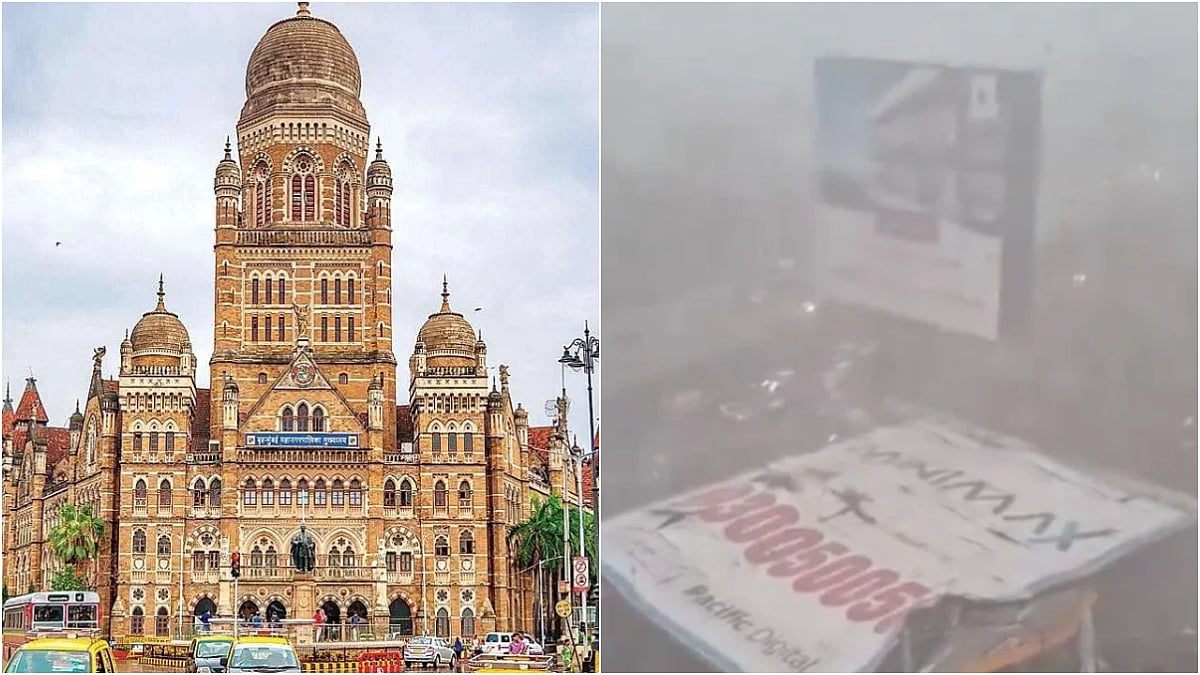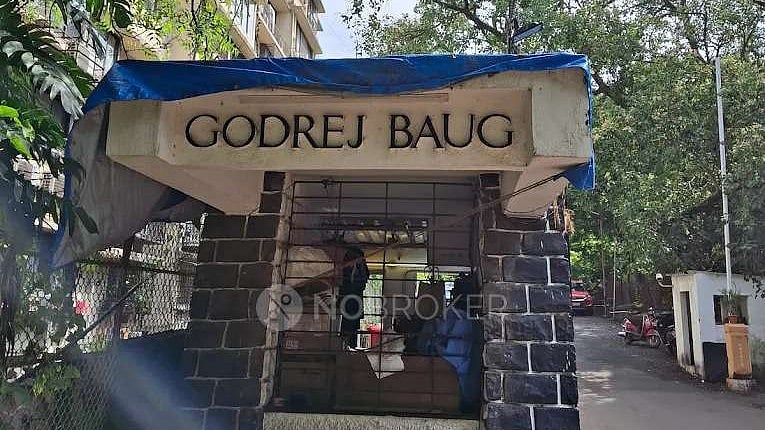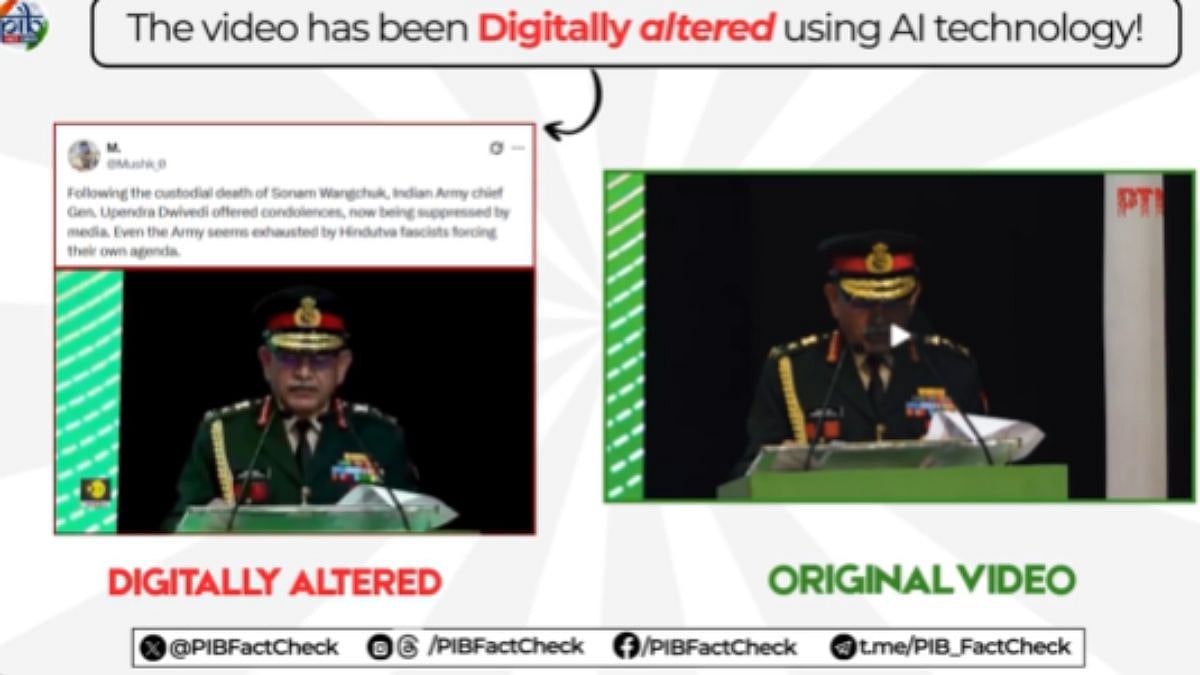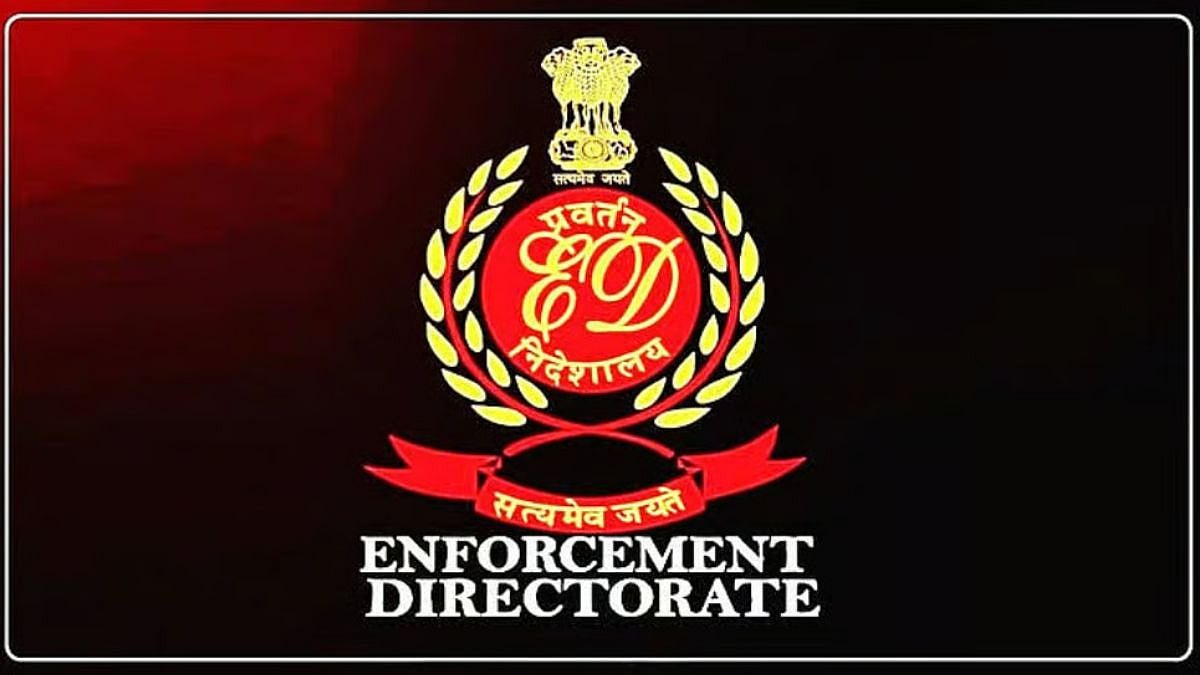Mumbai, Nov 27: Over 18 months after the tragic Ghatkopar hoarding collapse that claimed 17 lives, the BMC has finally issued the “Advertising Guidelines–2025” to regulate outdoor advertising across Mumbai.
The new guidelines ban hoardings above 40 × 40 ft, prohibit any new ads on footpaths or building terraces, and cap digital hoarding brightness at a 3:1 luminance ratio. Every advertiser and agency will now be bound by these norms.
Policy Updated After 2008, Prompted by Ghatkopar Disaster
The last BMC hoarding policy was issued in 2008. Following the May 13, 2024 collapse of a 120 ft × 120 ft billboard in Ghatkopar, which killed 17 and injured over 70, the BMC accelerated the revision process.
A committee including IIT Bombay experts, environmental specialists, the Joint Commissioner of Police, and civic officials submitted a draft to Municipal Commissioner Bhushan Gagrani on August 9, 2024.
Following the recommendations of the Justice (Retd.) Dilip Bhosale Committee, as well as the suggestions and objections received from citizens, the updated policy was officially made available on the BMC website on Thursday.
Flickering Ads Banned; Multiple Formats Allowed With NOC
According to the guidelines, advertisements that flicker will not be permitted. LED advertisements may be displayed at malls, multiplexes, shopping complexes, commercial buildings, and petrol stations.
Additionally, both commercial and non-commercial advertisements may be displayed on hoardings around buildings that are under construction or undergoing renovation, as well as on the exterior walls of such buildings.
Furthermore, permission will now be granted for single and back-to-back hoardings, as well as for advertisements in ‘V’ and ‘L’ shapes, and geometric formats including triangular (Tri-Vision), square (Square Vision), pentagonal (Pentagon Vision), and hexagonal (Hexagon Vision) structures. “Display of such advertisements will require a ‘No Objection’ clearance from the traffic police,” said a senior civic official.
Zone-Based Size Restrictions Removed; New Permit Rules Introduced
Under the new policy, considering Mumbai’s commercial significance, zone-based hoarding size restrictions have been removed, allowing advertisers to install hoardings of any size (as defined in the policy) anywhere within the BMC jurisdiction. Permits will now expire three months after their validity date, instead of six months.
Hoardings near high-tension wires require a specific NOC from the concerned electricity transmission company. Illuminated or digital hoardings require a No Objection Certificate from the Joint Commissioner of Police (Traffic); in the absence of this NOC, permits for illumination will not be granted or renewed.
Blacklisting, Online Services, and Stricter Oversight Introduced
The policy introduces blacklisting for advertisers or permit holders who repeatedly violate rules, such as non-payment of fees. BMC is implementing online services for permit issuance and renewal. Decisions on technical permit rejections can now be reviewed at the Joint/Dy. Municipal Commissioner (Special) level, reducing delays due to appeals.
Advertisements on BMC premises will be granted via e-tenders, including in lieu of operation and maintenance of public utilities. Successful bidders must provide a one-year bank guarantee equivalent to one year’s advertisement fees, along with insurance coverage ranging from Rs 5 lakh to Rs 1 crore.
Also Watch:

. Digital hoardings are now prohibited from operating after 11 p.m.
. For hoardings installed by MMRDA, MSRDC, or other government authorities, the BMC will receive 30% revenue, reduced from the earlier 50% following opposition from the authorities.
. According to National Highway Authority rules, existing hoardings on the Eastern and Western Express Highway will not be renewed once their current term expires.
. Automatic timers are mandatory for all digital and LED hoardings.
To get details on exclusive and budget-friendly property deals in Mumbai & surrounding regions, do visit: https://budgetproperties.in/







